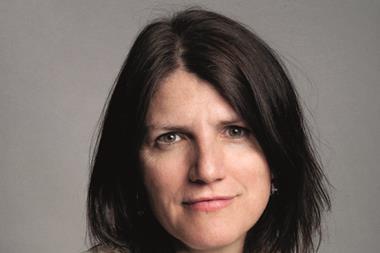UK - The Pension Protection Fund (PPF) has reported investment returns of nearly 5% over its most recent financial year, outperforming its benchmark.
Publishing its annual report, the UK lifeboat scheme said its chances for reaching self-sufficiency by 2030 had risen to 87%, an increase of 5 percentage points year on year.
However, while the scheme was 105% funded at the end of March this year and reported a surplus of £680m (€790m), the PPF did not offer details of how returns had fared since that time - with its 7800 index of defined benefit schemes in the six months since falling from a £45bn surplus to a £196bn deficit.
Chief executive Alan Rubenstein said: "The period since the end of March 2011 has seen difficult times in the financial markets, and this has affected our funding, although we have fared better than other pension schemes because of the nature of our investment strategy."
The chief executive argued that the market volatility highlighted the importance of constant review of its funding strategy, changed in 2010.
"After thorough analysis, we report that, despite these new factors and the challenging economic environment, our ultimate target remains the same," Rubenstein said. "This will give all our stakeholders the confidence we can meet our long-term funding aims."
The scheme saw assets increase by more than 30% to £6.3bn, with returns of 4.7% - outperforming its Libor benchmark by 0.7%.
Chairman Lady Barbara Judge said the PPF had seen "excellent progress" during a difficult year.
"While our results are encouraging in the short term, they must also be seen in the context of our long-term objective to become financially self-sufficient by 2030 - and they confirm we remain on track to achieve that objective," she said.
In its funding strategy review published alongside the annual report, the scheme seemed hopeful for the development of consumer prices index linked gilts in the UK market, as it had switched to the lower form of inflation along with a majority of UK funds.
It noted that there was currently "hardly any market" for such bonds, but that it was basing its projections on the eventual introduction of such debt by the Debt Management Office.
The National Association of Pension Funds director of policy Darren Philp welcomed news of the £678m surplus - an increase of nearly £250m - at a time of "serious challenges" for the industry.
"The PPF faces an important challenge over the coming year with the introduction of a new formula for its levy on pension schemes," he said.
"It is crucial the new levy be proportionate and fair, and remain stable."
Speaking in the House of Commons today, pensions minister Steve Webb confirmed the lower rates, saying he was seeking to "lessen cost pressures on pension schemes".
Webb said he was pleased to be cutting the rates that had previously been unchanged since 2008-09.
"We propose that the PPF administration levy rates will reduce by at least 25%, and the general levy rates will reduce by at least 12%," he said.
"In proposing to reduce the rates, the government is seeking to lessen cost pressures on pension schemes."
Meanwhile, Scottish Widows has partnered with a UK business lobbying group to launch a pension scheme targeting small and medium-sized enterprises (SMEs) ahead of auto-enrolment, hoping to attract more than 700,000 new members.
The launch, in conjunction with the Federation of Small Businesses (FSB) and Independent Financial Advisers, will see SMEs offered the chance to enrol employees in the FSB Pension Scheme, offered through Scottish Widows Group pension fund.
Pete Glancy, head of corporate pensions propositions at Scottish Widows, said the needs of smaller companies had been overlooked ahead of auto-enrolment.
"Small companies are the lifeblood of the UK, and their success is critical to the recovery of our economy," he said.
"This proposition will enable small businesses to be better prepared and greatly reduce the potential cost and logistical impacts that could derail their business."



























No comments yet